
Here on the island of Curacao, we have many elements that plants like for free! We have year round sun and the temperature allows many different species to grow abundantly here.
Not all species that grow are your friend in the garden, though. Some species can be a nightmare in your garden, weakening the plants or eating the leaves or even killing them completely (yes, looking at you, iguanas…)
For this reason, and also to provide protection from extreme sun, the wind and heavy rains, you may decide to build a greenhouse.
There are different sizes and types of greenhouses. Here are a few ideas and tips.
Mini greenhouses can be used to help germination
Germination of seeds is a discipline on its own. But long story short: some seeds need some extra help to germinate. A constant, moist environment can be created by making a small greenhouse. This can be made using things you already have in the house, for example empty cans or jars, egg cartons, juice boxes or pop bottles and to cover that a bowl, jar, clingfilm, reused sandwich bag, an old window or door. If you have the choice: reduce, reuse, repurpose! Important is to make sure the soil is moist and the condensation is captured. The also offers protection from birds and lizards that sometimes eat your seeds.
Make the greenhouse to serve your purpose
Do you have too much wind? Of are goats your issue? You can imagine a different approach for each of these issues. For example, sometimes just a roof of shade cloth would suffice, while at other times you have to reinforce the bottom halve of the greenhouse to avoid chickens pecking their way in.
Is it a temporary or permanent solution?
Sometimes you just need extra protection for certain circumstances. Make sure you are working smart within your space and budget. For example, seed trays have seed trays covers that help germination that double as watering plates, after serving their purpose. You can make a shade cloth cover that can be rolled back when not needed and in that way spare the cloth some sun exposure, or simply wrap some cloth around your plants for the period of time that you need protection. With some wooden blocks and steel building rods you can make a cheap suspension for almost any raised bed. Just drill a hole in two blocks, fasten them across from each other in your bed, and stick the rod in the holes. t
Size matters
If your really want a walk in greenhouse (who needs walk in closets?), keep a few things in mind.
Make sure you use good quality material, especially shade cloth can vary tremendously in longevity. If it is significantly cheaper than at other stores, it probably is not made for our climate. It will rip and tear in less than a year. If you use wood or metal, make sure to waterproof them.
Make sure you fasten the cloth taut on large surfaces. If it moves around too much in the wind, it will rip.
There are several percentages of shade cloth: 50%, 60% and 70% are mostly sold on the island. Get what you need, it does make a difference.
If you have issues with lizards or other animals that can dig, make sure to reinforce the bottom of you greenhouse.
When making a door, make it wide enough for everything you think you will need inside, like a wheelbarrow.
If you are growing plants in the greenhouse, to move later, give them time to get used to living outside the shelter, before putting them in their permanent spot. This is called hardening off.
Make good use of your space, when you build up, use wire to enable water and sunlight to reach everywhere.
Do not forget the essentials: water, sunlight and ventilation!
And a protip: whatever you are trying to keep out, will be trapped inside if they get in by mistake, so do a quick check for birds and lizards before you leave.
Cindy Eman, an environmental economist, that has been growing vegetables for over 20 years now, came back to her island in 2019 and started her own consultancy and project management company in 2020. Yu di Tera manages several community gardens and green classrooms all over the island, of which Hòfinan Ser’i Otrobanda has made the top 100 sustainable projects list of the Dutch newspaper Trouw for the second time in a row this year. since Jan 2022, she is the Regenerative Asset manager of Kolektivo Curacao.
You can find us on Instagram: @yu_di_tera and @hofinanseriotrobanda

